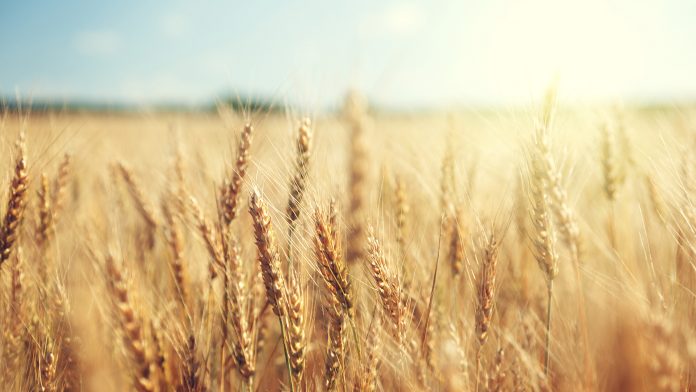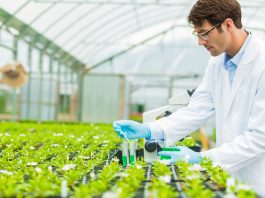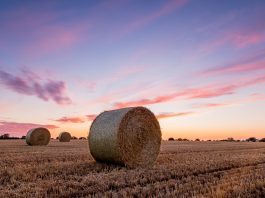Grass crops can bend the rules of evolution by borrowing genes from their neighbours – in a process called lateral gene transfer – giving them a competitive advantage.
A new study, led by researchers at the University of Sheffield, demonstrates that grasses can assimilate DNA from neighbouring species into their genomes through a process known as lateral gene transfer.
The borrowed genetics give the grasses an evolutionary advantage and enable them to grow bigger, faster, and stronger, as well as giving them the ability to adapt to new environments more quickly.
The team’s findings could aid future research in creating crops that are more tolerant to the effects of climate change and help tackle food security problems.
The Sheffield researchers investigated grasses, incorporating some of the most economically and ecologically significant plants such as wheat, maize, rice, and barley, which are the world’s most cultivated crops.
Dr Luke Dunning, senior author of the research from the University of Sheffield’s Department of Animal and Plant Sciences, commented: “Grasses are taking an evolutionary shortcut by borrowing genes from their neighbours. By using genetic detective work to trace the origin of each gene, we found over 100 examples where the gene had a significantly different history to the species it was found in.
“The findings may make us as a society reconsider how we view GM technology, as grasses have naturally exploited a very similar process. If we can determine how this process is happening it may allow us to naturally modify crops and make them more resistant to climate change.
“What we are seeing is not hybridisation, but the consequences are similar. Lateral gene transfer can move genetic information across wider evolutionary distances, which means it can potentially have even bigger impacts.
“Whilst only a relatively small proportion of genes are transferred between species, this process potentially allows grasses to cherry pick information from other species. This likely gives them huge advantages and may allow them to adapt to their surrounding environment quicker.”
Samuel Hibdige, first author of the study and a PhD researcher from the University of Sheffield, added: “We still do not know how this is happening or what the full implications are. But we know it is widespread in grasses, a family of plants that provide a majority of the food we eat.
“We detected foreign DNA in a wide range of grasses with all kinds of life history strategies indicating it is not restricted to those with a specific trait. However, we did detect a statistical increase in species which possess certain kinds of modified stems called rhizomes.”
Going forward, the researchers plan to investigate the biological mechanisms behind this phenomenon and ascertain whether it is a continuing process in crops that adds to the variations seen between crop varieties.





